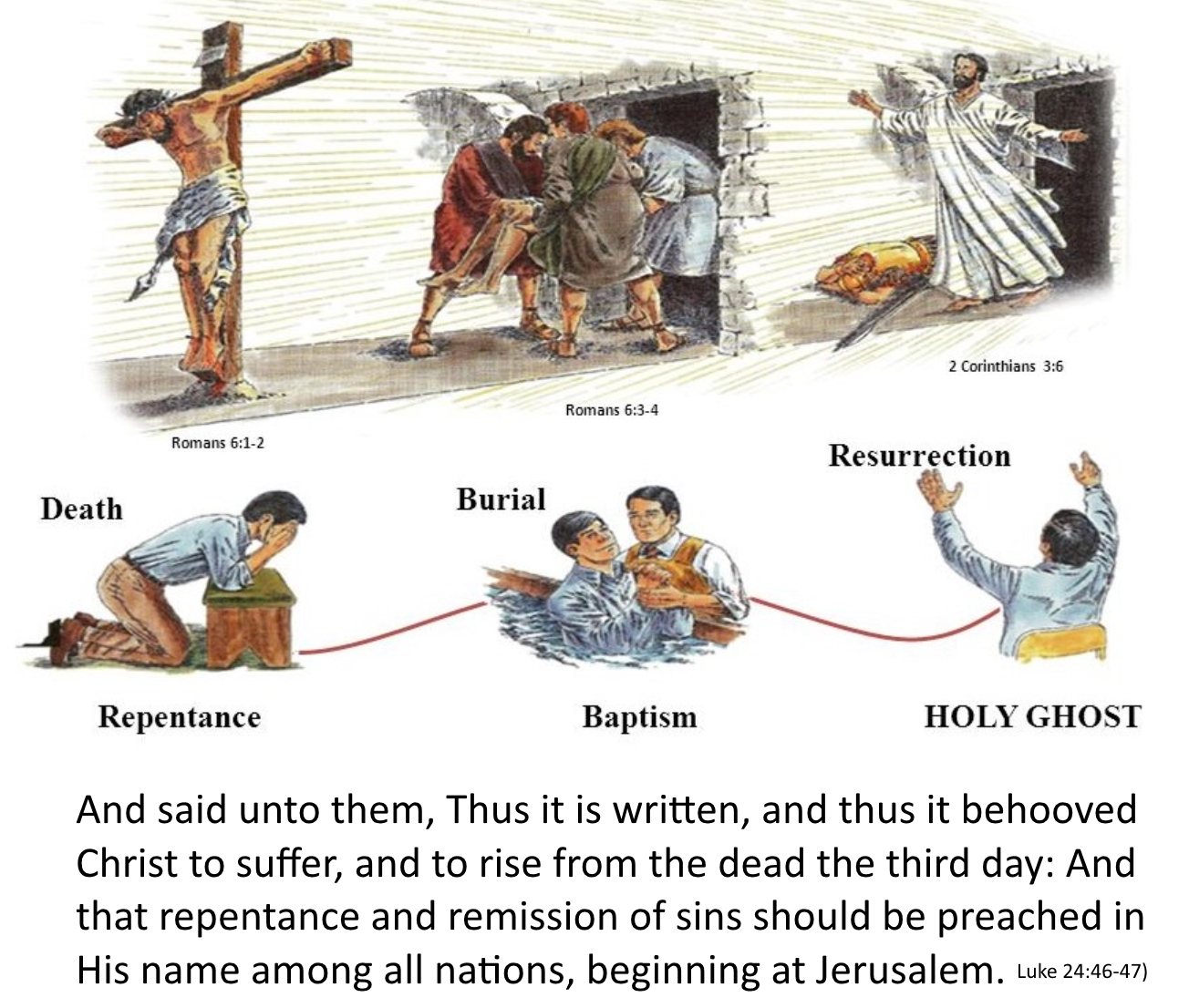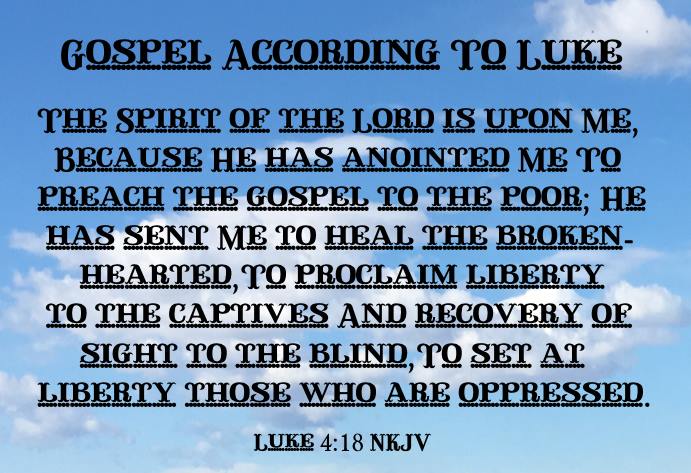Gospel According to Luke
This description of the Gospel According to Luke is from Easton's Bible Dictionary.
Luke, Gospel according to: was written by Luke. He does not claim to have been an eye-witness of our Lord's ministry, but to have gone to the best sources of information within his reach, and to have written an orderly narrative of the facts (Luke 1:1-4). The authors of the first three Gospels, the synoptics, wrote independently of each other. Each wrote his independent narrative under the guidance of the Holy Spirit.
Each writer has some things, both in matter and style, peculiar to himself, yet all the three have much in common. Luke's Gospel has been called "the Gospel of the nations, full of mercy and hope, assured to the world by the love of a suffering Saviour;" "the Gospel of the saintly life;" "the Gospel for the Greeks; the Gospel of the future; the Gospel of progressive Christianity, of the universality and gratuitousness of the gospel; the historic Gospel; the Gospel of Jesus as the good Physician and the Saviour of mankind;" the "Gospel of the Fatherhood of God and the brotherhood of man;" "the Gospel of womanhood;" "the Gospel of the outcast, of the Samaritan, the publican, the harlot, and the prodigal;" "the Gospel of tolerance." The main characteristic of this Gospel, as Farrar (Cambridge Bible, Luke, Introd.) remarks, is fitly expressed in the motto, "Who went about doing good, and healing all that were oppressed of the devil" (Acts 10:38; comp. Luke 4:18). Luke wrote for the "Hellenic world." This Gospel is indeed "rich and precious."
"Out of a total of 1151 verses, Luke has 389 in common with Matthew and Mark, 176 in common with Matthew alone, 41 in common with Mark alone, leaving 544 peculiar to himself. In many instances all three use identical language." (See MATTHEW, MARK, GOSPELS.)

There are seventeen of our Lord's parables peculiar to the Gospel according to Luke. Luke also records seven of our Lord's miracles which are omitted by Matthew and Mark. The synoptical Gospels are related to each other after the following scheme. If the contents of each Gospel be represented by 100, then when compared this result is obtained:
- Mark has 7 peculiarities, 93 coincidences.
- Matthew 42 peculiarities, 58 coincidences.
- Luke 59 peculiarities, 41 coincidences.
That is, thirteen-fourteenths of Mark, four-sevenths of Matthew, and two-fifths of Luke are taken up in describing the same things in very similar language.
Luke's style is more finished and classical than that of Matthew and Mark. There is less in it of the Hebrew idiom. He uses a few Latin words (Luke 12:6; 7:41; 8:30; 11:33; 19:20), but no Syriac or Hebrew words except sikera, an exciting drink of the nature of wine, but not made of grapes (from Heb. shakar, "he is intoxicated", Leviticus 10:9), probably palm wine.
This Gospel contains twenty-eight distinct references to the Old Testament.
The date of its composition is uncertain. It must have been written before the Acts, the date of the composition of which is generally fixed at about 63 or 64 A.D. This Gospel was written, therefore, probably about 60 or 63, when Luke may have been at Caesarea in attendance on Paul, who was then a prisoner. Others have conjectured that it was written at Rome during Paul's imprisonment there. But on this point no positive certainty can be attained.

It is commonly supposed that Luke wrote under the direction, if not at the dictation of Paul. Many words and phrases are common to both; e.g., compare:
- Luke 4:22; with Colossians 4:6.
- Luke 4:32; with 1 Corinthians 2:4.
- Luke 6:36; with 2 Corinthians 1:3.
- Luke 6:39; with Romans 2:19.
- Luke 9:56; with 2 Corinthians 10:8.
- Luke 10:8; with 1 Corinthians 10:27.
- Luke 11:41; with Titus 1:15.
- Luke 18:1; with 2 Thessalonians 1:11.
- Luke 21:36; with Ephesians 6:18.
- Luke 22:19,20; with 1 Corinthians 11:23-29.
- Luke 24:46; with Acts 17:3.
- Luke 24:34; with 1 Corinthians 15:5.
The Apostle Luke
This description of the Apostle Luke is from Easton's Bible Dictionary.
Luke: the evangelist, was a Gentile. The date and circumstances of his conversion are unknown. According to his own statement (Luke 1:2), he was not an "eye-witness and minister of the word from the beginning." It is probable that he was a physician in Troas, and was there converted by Paul, to whom he attached himself. He accompanied him to Philippi, but did not there share his imprisonment, nor did he accompany him further after his release in his missionary journey at this time (Acts 17:1). On Paul's third visit to Philippi (Acts 20:5,6) we again meet with Luke, who probably had spent all the intervening time in that city, a period of seven or eight years. From this time Luke was Paul's constant companion during his journey to Jerusalem (Acts 20:6-21:18). He again disappears from view during Paul's imprisonment at Jerusalem and Caesarea, and only reappears when Paul sets out for (Romans 27:1), whither he accompanies him (Romans 28:2,12-16), and where he remains with him till the close of his first imprisonment (Philemon 1:24; Colossians 4:14). The last notice of the "beloved physician" is in 2 Timothy 4:11.
There are many passages in Paul's epistles, as well as in the writings of Luke, which show the extent and accuracy of his medical knowledge.




